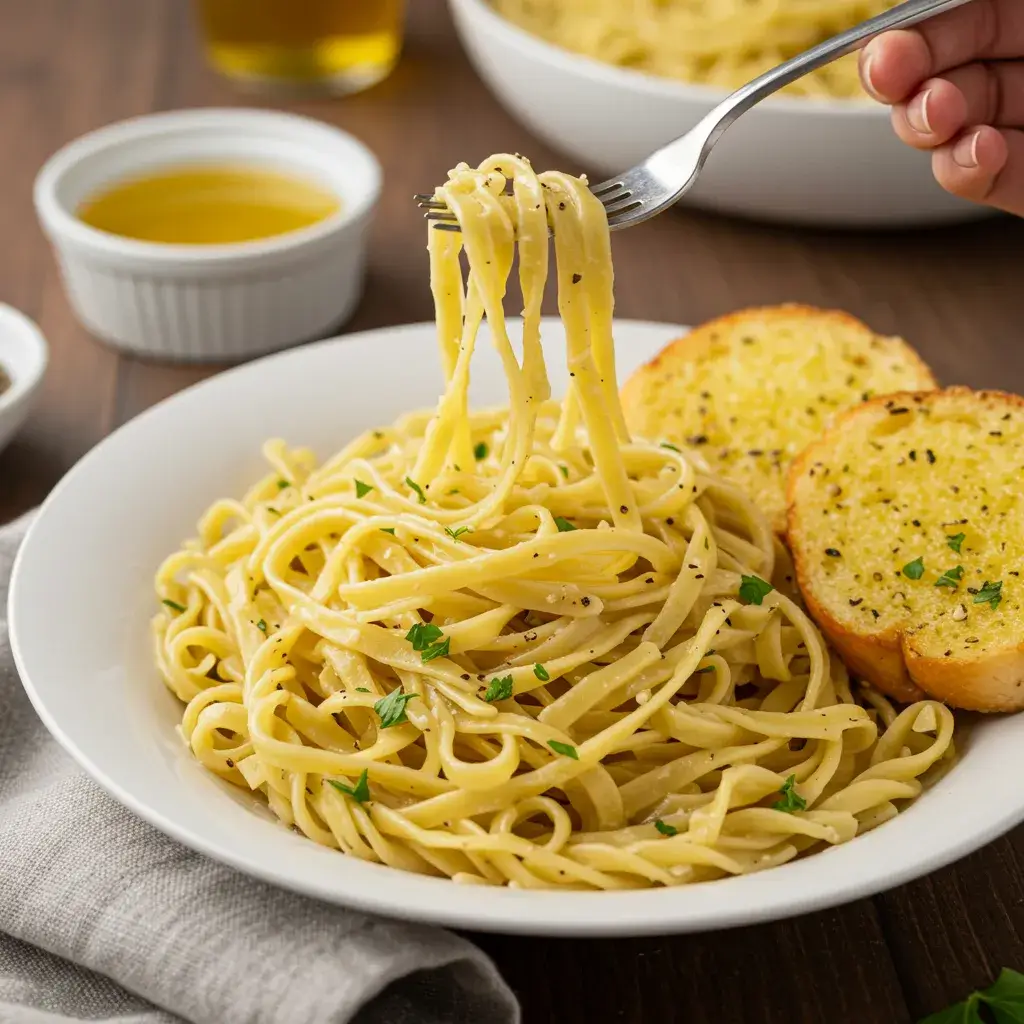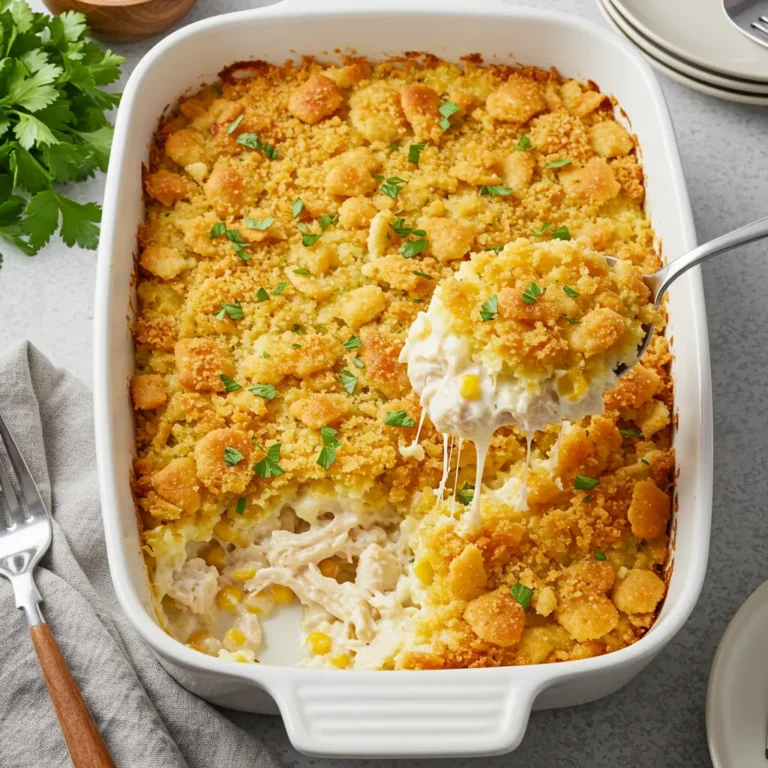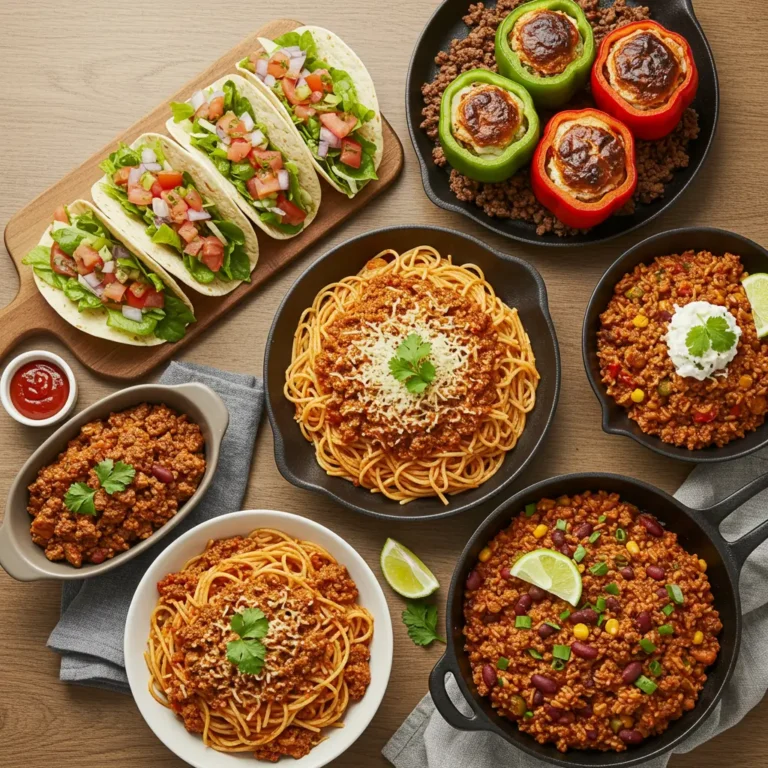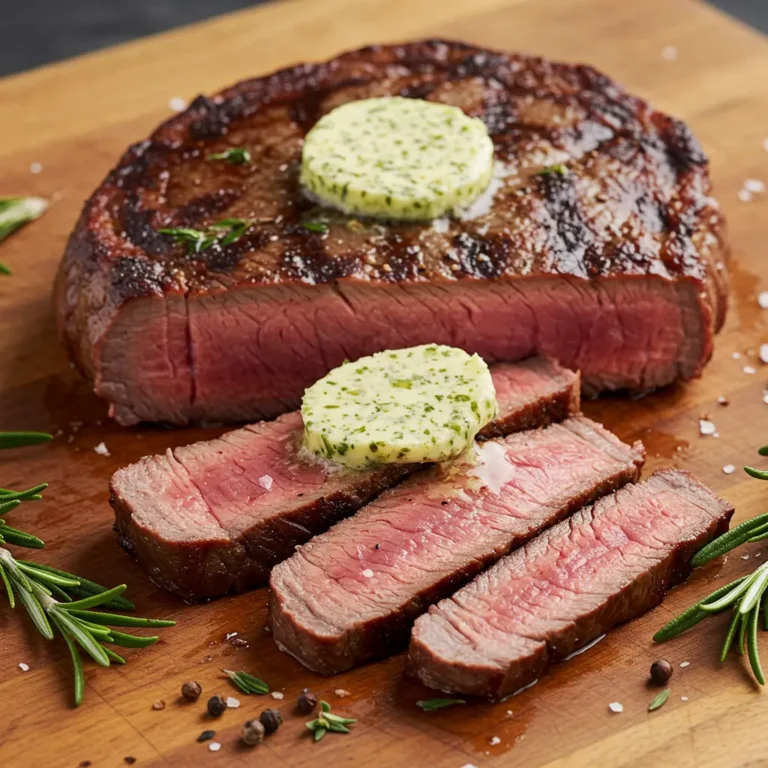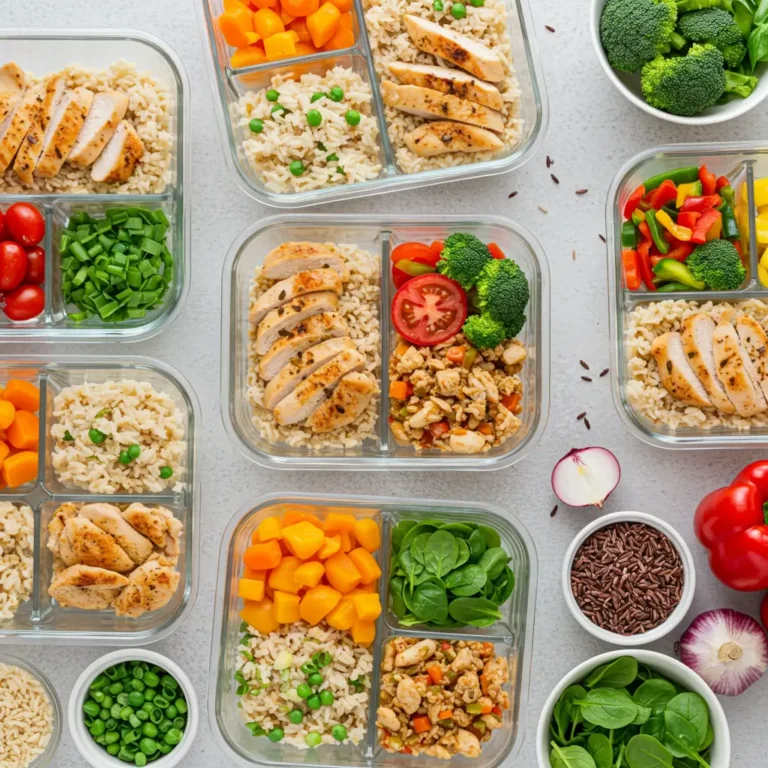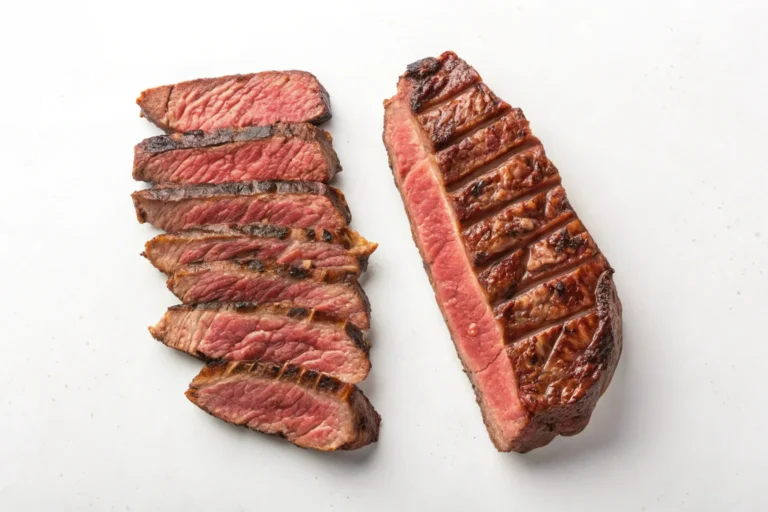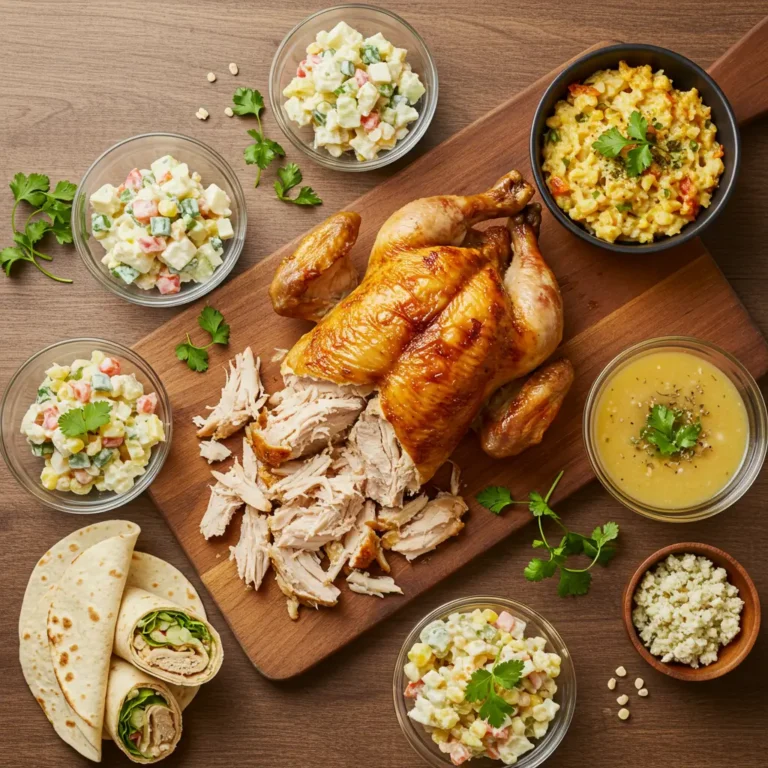Best Gluten Free Egg Noodles: Easy 30-Minute Recipe!
Do you miss eating pasta because of gluten problems? I know that feeling! Store-bought gluten free pasta often turns mushy or has that weird sandy texture that ruins the whole meal.
These homemade gluten free egg noodles changed everything for me. After lots of testing in my kitchen, I’ve created a recipe that makes soft, smooth noodles that hold up well and taste like real pasta. The best part? You can make them in just 30 minutes using simple ingredients you probably already have.
Table of Contents
Why You’ll Love These Gluten Free Egg Noodles
The first time I made these gluten free egg noodles for my friend with celiac disease, she almost cried. She told me, “I haven’t had pasta that tastes like the real thing in years.” That’s what makes this recipe so special.
- Quick – Ready in under 30 minutes
- Easy – Just needs a bowl, a flat surface for rolling, and basic kitchen tools
- Gluten Free – Without sacrificing texture or taste
- Kid-Approved – Children won’t notice they’re gluten free
- Budget-Friendly – Much cheaper than fancy store-bought gluten free pasta
Essential Ingredients
Finding the right mix of gluten free flours is what makes these gluten free egg noodles stand out. I’ve tested many combinations to create a dough that’s easy to work with and tastes authentic.
Key Ingredients Notes:
- Rice Flour: Forms the base of our dough. Look for fine white rice flour for the smoothest results.
- Tapioca Starch: Gives our noodles the stretch and chew that’s often missing in gluten free pasta. Don’t use cornstarch instead – it won’t work the same.
- Xanthan Gum: Helps prevent your noodles from falling apart during cooking. You only need a little!
Ingredients List
For the Noodle Dough:
- 1 cup (160g) white rice flour, plus more for dusting
- 1/2 cup (60g) tapioca starch
- 1 tsp (3g) xanthan gum
- 1/2 tsp (3g) salt
- 3 large eggs, room temperature
- 1 tbsp (15ml) olive oil
- 1 tbsp (15ml) water (if needed)
For the Cooking Water:
- 4 quarts (3.8L) water
- 1 tbsp (18g) salt
Equipment Needed
- Large mixing bowl
- Fork or whisk
- Measuring cups and spoons
- Rolling pin
- Sharp knife or pizza cutter
- Clean kitchen towel
- Large pot for boiling
Step-by-Step Instructions
Making gluten free egg noodles from scratch might sound hard, but it’s actually pretty simple. The key is working with the dough while it’s still flexible.
Preparation Phase
- Mix Dry Ingredients: In a large bowl, whisk together rice flour, tapioca starch, xanthan gum, and salt until well mixed.
- CHEF’S TIP: Sifting the dry ingredients helps prevent lumps
- Create a Well: Make a hole in the center of your dry ingredients. Crack eggs into the hole and add olive oil.
Mixing Process
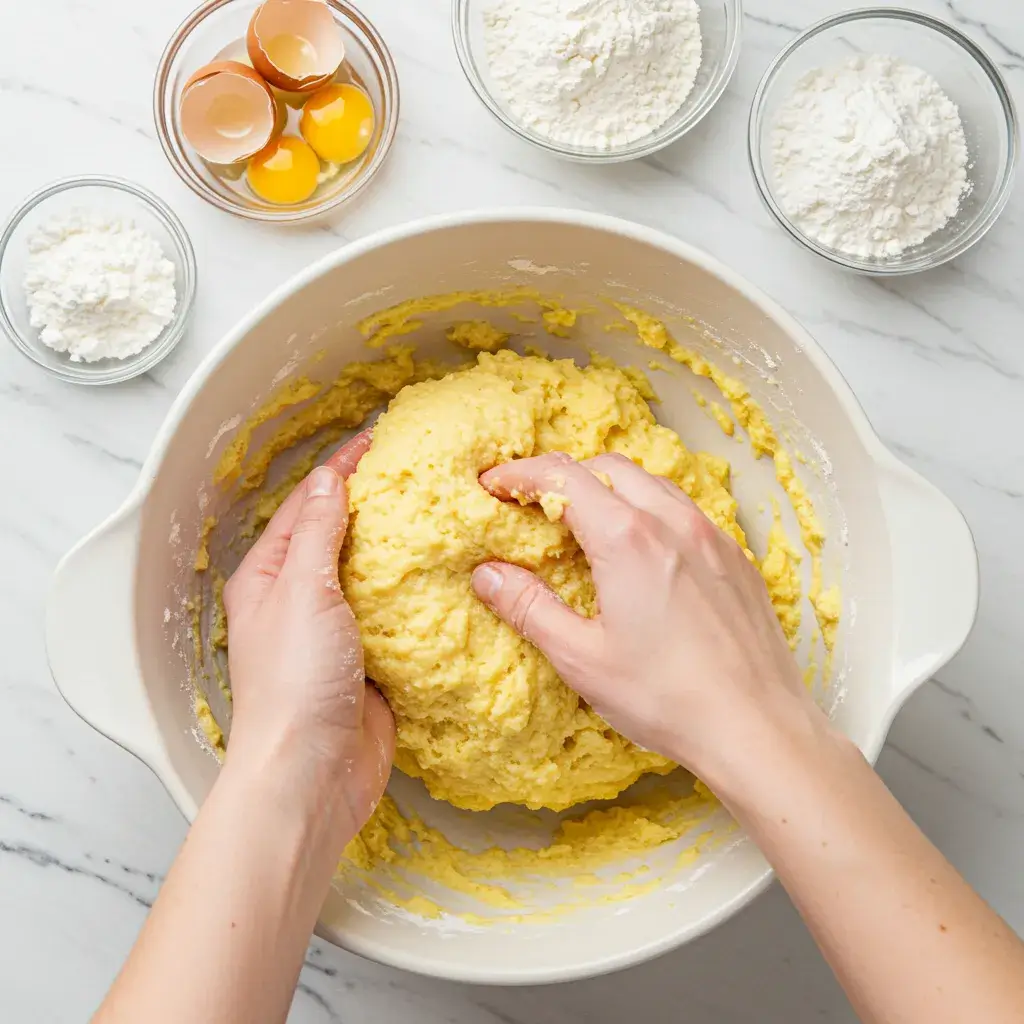
- Form the Dough: Using a fork, beat the eggs and oil together, slowly mixing in the flour from the sides until a rough dough forms.
- WHY THIS WORKS: This method lets moisture spread evenly, preventing tough noodles
- Knead the Dough: Turn the dough onto a rice-floured surface and knead for 3-5 minutes until smooth. If the dough is too dry, add water 1 teaspoon at a time. If too sticky, add more rice flour in small amounts.
- CHEF’S TIP: Gluten free dough won’t feel as stretchy as wheat dough, and that’s normal. Look for a smooth, non-sticky texture
Rolling and Cutting
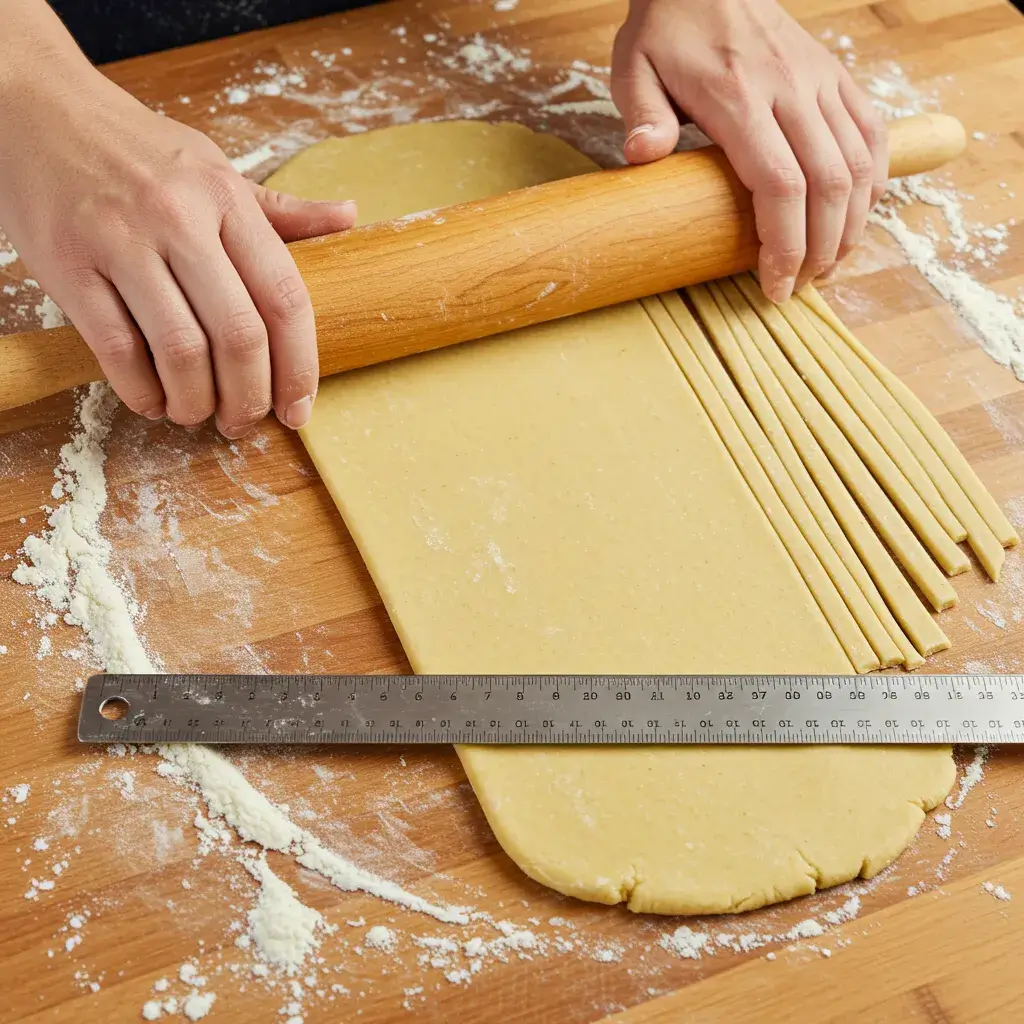
- Roll Out the Dough: Divide the dough into 4 equal pieces. Work with one piece at a time (keep others covered with a damp cloth), roll the dough to about 1/8 inch thickness.
- WHY THIS WORKS: Thinner noodles cook faster and have better texture
- Cut into Noodles: Using a sharp knife or pizza cutter, cut the dough into your desired noodle width. For classic egg noodles, make strips about 1/4 inch wide.
Cooking Process
- Cook Right Away or Dry: You can cook the noodles immediately or let them dry for 15-20 minutes on a lightly floured surface.
- Boil Until Done: Bring a large pot of salted water to a full boil. Add noodles and cook for 2-3 minutes, or until they float to the top and are tender but still slightly firm.
- Drain and Serve: Drain noodles in a colander, then toss with a little olive oil to prevent sticking if not serving right away.

VARIATIONS & CUSTOMIZATIONS
Make It Your Own
One of the great things about these gluten free egg noodles is how versatile they are. You can easily change them to suit your taste or use what you have on hand.
Dietary Adaptations
- Egg-Free Version: Replace each egg with 1/4 cup of liquid from canned chickpeas plus 1/2 tsp more xanthan gum. The texture will be slightly different but still good.
- Grain-Free Option: Replace the rice flour with a mix of almond flour (1/2 cup) and cassava flour (1/2 cup). Note that the dough will be more fragile.
- Keto-Friendly Alternative: Replace rice flour with a mix of almond flour and coconut flour (3:1 ratio) and add an extra egg for binding.
Flavor Variations
- Herb Noodles: Add 1 tablespoon of finely chopped fresh herbs (basil, parsley, or thyme) to the dry ingredients for color and flavor.
- Garlic Noodles: Mix 1 teaspoon of garlic powder into the flour for noodles that pair perfectly with butter or olive oil.
- Spinach Noodles: Replace the water with 2 tablespoons of spinach purée (cooked spinach blended with a tiny bit of water) for green noodles with added nutrients.
Scaling Guidance
- For Smaller Batches: You can easily halve this recipe – just divide all ingredients by two. The dough will be easier to handle in smaller amounts.
- For Larger Crowds: Double the recipe, but divide the dough into 6-8 pieces instead of 4 to keep it manageable while rolling.
SERVING & PAIRING SECTION

Serving Suggestions
These gluten free egg noodles can be used in so many different meals. Serve them right after cooking for the best texture – they should be tender with a slight chew, just like regular pasta.
Perfect Pairings
- Sauces: These noodles work well with both light and hearty sauces. Try them with tomato sauce, meat sauce, or simple butter and herbs.
- Complete Meal: Make these noodles into a delicious dinner by serving them with garlic roasted chicken thighs, some sautéed greens, and a simple green salad.
Presentation Tips
- Twirl and Mound: For a nice presentation, use tongs to twirl the noodles into a neat pile in the center of a warm plate.
- Garnishing Ideas: Fresh herbs like basil or parsley, a drizzle of good olive oil, or a light sprinkle of nutritional yeast (for a dairy-free “parmesan” effect) make the dish look special.
- Serving Temperature: These noodles are best served hot, right after cooking and mixing with sauce. If they cool too much, they may start to stick together.
If you’re looking for another easy gluten-free dinner option, try my Ranch Chicken and Rice Recipe that pairs perfectly with these homemade noodles for a complete meal plan.
TROUBLESHOOTING & EXPERT TIPS
Troubleshooting Guide
Even experienced pasta makers run into problems sometimes. Here are solutions to common issues you might have when making gluten free egg noodles.
Common Issues & Solutions
- Problem: Dough is too sticky
- Solution: Add more rice flour, 1 tablespoon at a time, until the dough feels workable. Remember that gluten free dough will feel different than wheat dough.
- Problem: Noodles break when handling
- Solution: Your dough may be too dry or may need more xanthan gum. Try adding 1/4 teaspoon more xanthan gum and a tiny bit of water to help bind it better.
- Problem: Noodles stick together during cooking
- Solution: Make sure your water is fully boiling before adding noodles, use plenty of water, and stir gently during the first minute of cooking.
NUTRITIONAL & DIETARY SECTION
Nutrition Information
These gluten free egg noodles aren’t just tasty – they also offer nutritional benefits that many store-bought options don’t have. The following information is approximate per serving (about 2 ounces dry weight of noodles).
| Nutritional Facts Per Serving | |
|---|---|
| Calories | 180 |
| Protein | 5g |
| Carbohydrates | 30g |
| Fat | 4g |
| Fiber | 1g |
| Sugar | 0g |
| Sodium | 150mg |
Health Benefits
- Eggs: Provide quality protein, vitamins D and B12, and nutrients for brain health
- Rice Flour: Easy to digest and naturally low in fat
- Tapioca Starch: Contains resistant starch which may help gut health
Dietary Considerations
- Gluten-Free: Yes – safe for celiac disease and gluten sensitivity
- Dairy-Free: Yes
- Vegetarian: Yes
- Contains: Eggs
- Nut-Free: Yes
- Paleo: No (contains rice)
- Keto: No (high in carbs, but see variation for keto-friendly option)
Frequently Asked Questions
Can I make these gluten free egg noodles ahead of time?
Yes! You can make the dough up to 24 hours ahead and keep it in the fridge wrapped in plastic wrap. You can also cut the noodles and dust them with rice flour, then refrigerate for up to 2 days before cooking. For longer storage, freeze them as described in the storage section.
What can I use instead of xanthan gum if I don’t have any?
Guar gum works as a 1:1 replacement, or you can use 1 tablespoon of ground psyllium husk instead. If you don’t have either, 1 tablespoon of ground chia seeds mixed with 3 tablespoons of hot water (let cool before using) can work in a pinch, though the texture will be slightly different.
Can I use a pasta machine for these gluten free egg noodles?
Yes! The dough works well in a pasta machine, but you’ll need to be more careful than with wheat dough. Use plenty of rice flour, use a thicker setting than you would for wheat pasta, and support the sheets as they come through to prevent breaking.
How can I tell when the noodles are perfectly cooked?
These noodles cook quickly – usually in 2-3 minutes. They’ll float to the top when nearly done. Test by taking one out with a fork and tasting it – it should be tender but still have a slight bite (similar to al dente).
CONCLUSION
Why This Recipe Works
After trying so many pasta recipes, I can honestly say these gluten free egg noodles are as close to “the real thing” as you can get without using wheat. The mix of rice flour and tapioca starch creates a nice chewy texture, while the eggs add richness and help hold everything together – something many gluten free pastas lack.
What makes me most proud of this recipe is how happy it makes people who thought they’d never enjoy good pasta again. The simple ingredients mean you don’t need special items you’ll only use once, and the quick preparation means fresh pasta is always possible, even on busy nights.
Your Turn!
I’d love for you to try these gluten free egg noodles and see what a difference homemade can make. Don’t be scared of making pasta from scratch – if my 10-year-old nephew can master this recipe, you can too!
Did this recipe work for you? We’d love to hear how it turned out!
There are no reviews yet. Be the first one to write one.

